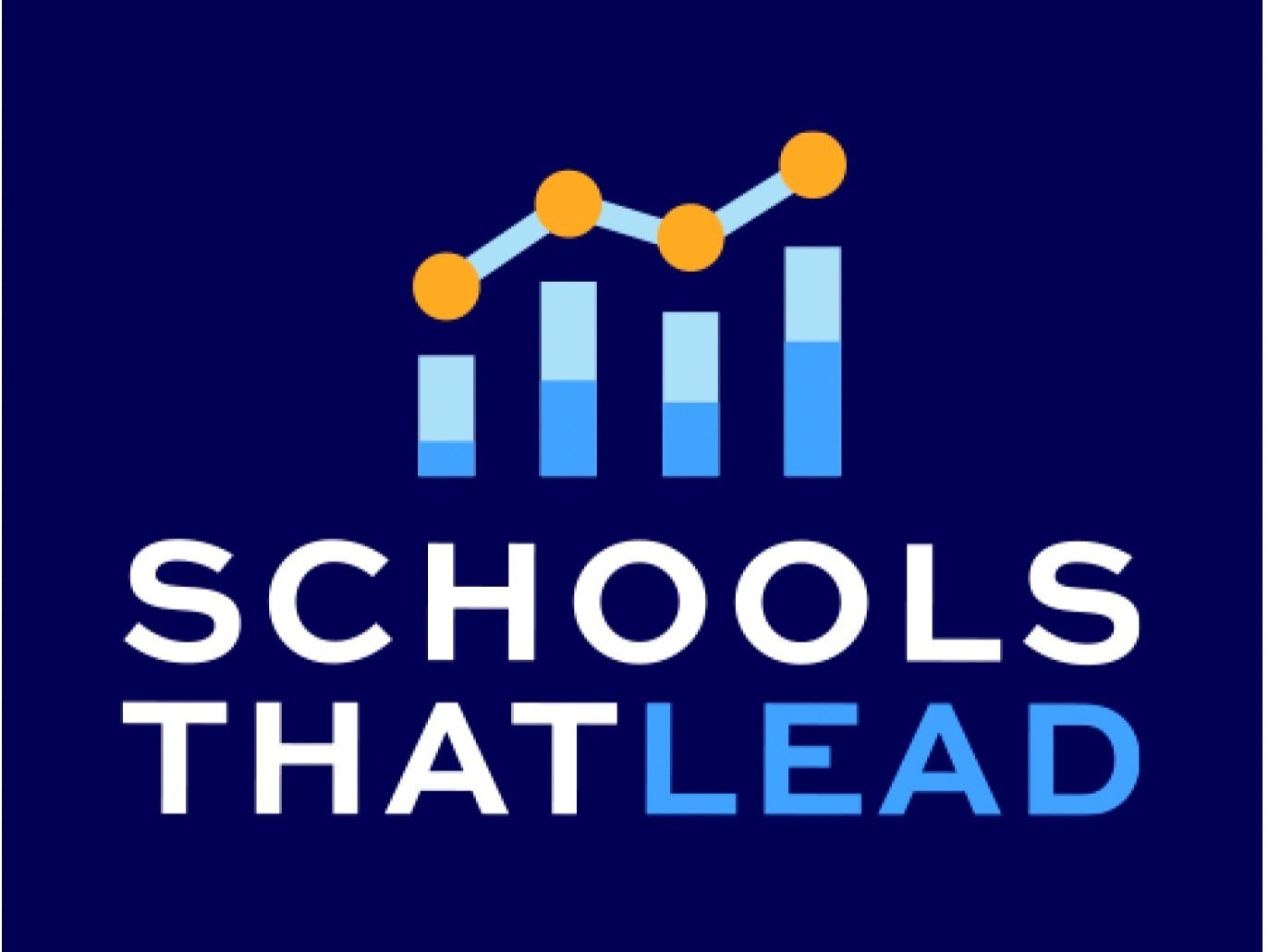How to Spot the Signs of Teacher Burnout
Teacher burnout is a serious problem in the United States. That’s why educational leadership must know the signs of teacher burnout in their schools and address issues as soon as possible. Burnout leads to a revolving door of educators, disrupting students' learning and creating instability in schools. Burned-out teachers are also less effective in the classroom, which can be detrimental to student outcomes.
Most importantly, burnout harms teachers' mental and physical health. This creates a negative atmosphere in schools, impacting everyone from teachers to students.
What is Teacher Burnout?
Teacher burnout refers to extreme and prolonged work stress that leads to exhaustion, cynicism, and negative attitudes towards the profession. Whether directly or indirectly, it affects almost every teacher in every school, with 90% of educators describing burnout as a serious issue. While some degree of job stress is expected, excessive or ignored strain erodes mental health over time.
Educational leadership has a responsibility to proactively minimize burnout. Preventing and relieving teacher burnout requires deliberately designing supportive environments that foster resilience. This involves strategic school improvement plans to uphold teacher wellness, spanning policy reform, communication practices, and resource allocation.
Common Causes of Teacher Burnout
Burnout is a result of several interrelated factors. Without interventions, these factors coalesce into a self-perpetuating burnout spiral, eroding personal wellness and fulfillment. Since student potential manifests through quality instruction, reversing burnout is pivotal.
Unsustainable Workloads
Teaching is a relentless treadmill of instructional design, delivery, grading, standardized test preparation, data analysis, parental outreach, and administrative tasks. Perfectionist tendencies that many passionate educators possess exacerbate an overload of duties.
Lack of Autonomy
Micromanagement and limited authority over curriculum and classroom policies can emotionally drain teachers. Creativity and self-expression remain fundamental human needs, even for the most selfless individuals devoted to service. Environments that suppress the natural motivators demoralize teachers over time.
Insufficient Support
Consistent access to high-quality coaching, mentoring, and support from leadership, along with opportunities to develop skills collaboratively in professional learning communities, is the exception rather than the norm. Isolated environments inhibit growth.
Inadequate Resources
Outdated teaching tools, technology constraints like slow networks, and insufficient classroom staples due to tight budgets impede instructional quality. Educators cannot deliver their best without proper infrastructure.
Student Behavioral Issues
For teachers tasked as surrogate caretakers while still expected to deliver quality instruction, coping with defiant, abusive, or special needs students accelerates burnout.
External Pressures
Ever-changing government mandates, standardized test score focus, school ranking systems, and immense pressure from parents and broader society are enough to push teachers to the door.
The 10 Signs of Teacher Burnout
Burnout progresses gradually, often going unnoticed until worsening symptoms begin interfering with daily functioning. Some common red flags include:
1. Cynicism
Some teachers begin showing excessive negativity toward students, parents, coworkers, collaborations, and leaders.
2. Irritability
A quick temper, coldness, a sarcastic tone, and a general lack of empathy are all warning signs of an irritable, burned-out teacher.
3. Anxiety or Depression
Hopelessness about the future, sadness, suicidal thoughts, and lack of motivation require urgent intervention.
4. Low Morale
Some teachers feel constantly overwhelmed, ineffective, and lose recognition of achievements.
5. Physical Fatigue/Frequent Sickness
Emotional exhaustion manifests as physical symptoms like repeated colds and flus caused by a suppressed immune system.
6. Insomnia
The inability to detach from workplace anxiety causes interrupted sleep and can become a vicious cycle.
7. Unhealthy Coping Mechanisms
Binge eating, skipping meals, increased alcohol use, or using illicit drugs to mentally escape stress are all warning signs.
8. Absenteeism
Frequently using allotted personal and sick days to avoid facing workplace troubles may indicate a burned-out individual.
9. Declining Student Outcomes
Rushed lesson plans, difficulty concentrating, and eroded creativity cause student feedback scores to slip over time.
10. Neglecting Responsibilities
Sometimes a teacher approaching burnout may start allowing assigned duties to slide as the focus narrows toward preserving personal wellness.
While warning signs vary between individuals, collectively, they signal the detrimental impacts of ignored stress. After recognizing at-risk educators, swift, personalized action is vital for reversing trajectories before the damage becomes permanent.
How Educational Leadership Can Support Teachers
With teacher health intrinsically linked to student success and school outcomes, education leaders are collectively responsible for disrupting the prevalent burnout trend in America’s schools. Utilizing best practices supported by decades of in-depth improvement science research is necessary to effectively build resilience and strengthen teachers who are already under extreme pressure.
Create a Support Framework
Environments that allow unmanaged stress to become burnout set educators up for failure from the start. Reform requires restructuring support systems through:
Open Communication: Schools where teachers are comfortable discussing mental health outperform. Destigmatization, transparency, and healthy rapport between leadership and teachers are foundational.
Collaboration Networks: Build opportunities for teachers to regularly exchange ideas and best practices in learning communities without fear of criticism.
Mentorship Programs: Facilitated mentor-mentee relationships allow veterans to coach next-generation educators on stress management, instructional ability, and professional growth.
Implement Workplace Policies that Promote Balance
Rebuild unrealistic workplace expectations through carefully considered policy initiatives like:
Capped Working Hours: Codify 40-hour maximum weekly policies to enforce work-life balance. Unlimited overtime drives burnout.
Mandatory Personal Time: Incentivize teachers to completely detach from work by making minimum vacation days compulsory rather than optional.
Focus on Achievements: Publicly highlight teacher accomplishments in communications and meetings while redirecting away from shortcomings.
Invest in Professional Development
Allocate budget for professional development opportunities for educators through:
Wellness Training Access: Fund available counseling, individualized stress management, mindfulness, mental health first aid, and trauma-informed instruction courses.
Ongoing Pedagogy Development: Sponsor regular professional development days focused on social-emotional learning, behavior management strategies, and emerging education trends.
Skill Refreshers: Arrange succinct programs run by professionals to reinforce efficient time management, organizational practices, and communication strategies.
Build Support Infrastructure and Provide Resources
Education leaders play a significant role in lobbying to acquire resources and build environments where teachers can physically thrive.
Reduced Class Sizes: Advocate for structural changes allowing smaller groups and individual attention, which has dramatically improved teachers' ability to personalize development while reducing strain
Upgraded Tools and Technology: Lobby districts relentlessly until basic needs like updated classroom equipment, faster networks, and modern learning applications become available
Higher Salaries and Reward Structures: Push administrations for pay raises, retention bonuses, and extra benefits to attract and retain talented teachers in a competitive job landscape
Build an Integrated Community
Genuine human connections remain most influential in creating communities where teachers support one another. A healthy culture cannot be manufactured overnight, but it is well worth working toward.
Personal Check-Ins: Make time for regular, sincere conversations. Follow-ups on burnout warning signs with personalized advice and assistance go a long way
Peer Support Circles: Facilitate gatherings for teachers to share struggles and achievements in a non-judgmental manner
Social Events: Host informal potlucks, movie nights, sports teams, and celebrations to gradually strengthen personal relationships among staff members
Why Schools Need Improvement Science
With chronic stress becoming endemic, teacher burnout will only accelerate without deliberate cultural interventions focused on collective wellness and fulfillment. While the path requires long-term commitment, positive environments where empowered educators actively drive their best work remain an inspiring possibility.
Create a School Improvement Plan
Teacher wellness must be central to school improvement plans moving forward. Structural initiatives like policy changes, communication system rebuilding, and resource lobbying establish supportive cultures and environments. In the end, compassionate leadership and meeting human needs create interconnected communities where everyone can prosper, which leads to systemic change.
Measure Success Through Improvement Science
Education leaders should continuously measure program outcomes around teacher health and satisfaction using improvement science. This allows iterative refinement of burnout prevention initiatives based on real evidence over time.
The Bottom Line
Left unaddressed, prolonged teacher stress metastasizes into career-damaging burnout, reducing job satisfaction, effectiveness, and retention rates. As stewards, education leaders have a proactive responsibility to disrupt this status quo and reverse the damage done. However, solutions must emphasize collective wellness, fulfillment, and human potential actualization above all else.
Learn how Schools That Lead helped North Carolina education leaders create their own strategies for managing the students in their care and improving student outcomes, such as a greater decline in chronic student absences than the state average.
Frequently Asked Questions:
1. How can parents help prevent teacher burnout?
Parents can significantly contribute to preventing teacher burnout by fostering open communication, actively volunteering in classrooms, and supporting their children's learning at home. Advocating for increased school resources and policies that prioritize teacher well-being can create a more supportive and sustainable teaching environment.
2. Can teacher burnout affect student performance?
Yes, teacher burnout can have a detrimental impact on student performance. Burned-out teachers may experience decreased job satisfaction and engagement, leading to less effective instruction. Research indicates a correlation between high teacher burnout rates and lower student achievement scores. Addressing teacher burnout is crucial for maintaining educational quality.
3. What are some long-term solutions for teacher burnout?
Long-term solutions to address teacher burnout involve a multifaceted approach. Implementing comprehensive wellness programs, reducing class sizes, and increasing teacher salaries are essential steps. Utilizing Improvement Science Tools, a systematic approach to problem-solving, can help schools identify effective interventions to reduce burnout. Providing ongoing professional development, fostering supportive school cultures, and advocating for policy reforms that prioritize work-life balance and mental health support are also crucial.
4. Are there any tools or resources specifically for teachers to manage stress?
Teachers can access various tools and resources to manage stress. Mindfulness apps like Headspace and Calm offer guided meditation and relaxation techniques. Stress management workshops and professional support networks provide practical coping strategies and emotional support. Additionally, Improvement Science Tools can help teachers identify personal stressors and develop tailored stress management plans.
5. How does teacher burnout differ across different education levels?
Teacher burnout manifests differently across education levels. Elementary teachers often grapple with physical exhaustion and classroom management challenges, while secondary teachers face academic pressures and high-stakes testing. Higher education faculty members may experience burnout due to heavy workloads, research demands, and administrative responsibilities. Each level requires tailored interventions to address specific burnout factors effectively.

DANA C. DIESEL
Dana is President and CEO of Schools That Lead, Inc. She also teaches courses at Wilmington University on the use of improvement science in schools to students pursuing their doctorates in educational leadership.


